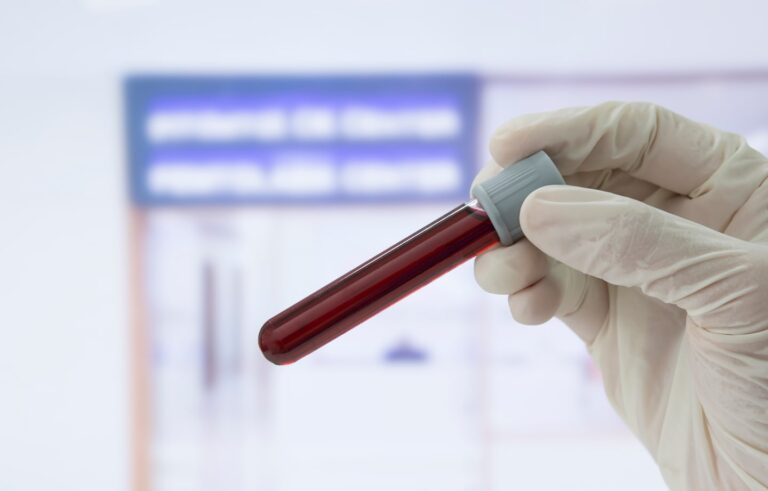The encouraging findings come amid a larger effort to develop a cheap, simple blood test that could quickly diagnose Alzheimer’s patients without forcing them to undergo more expensive, invasive tests such as spinal taps. Blood tests are already used in doctors’ offices, but they are often not covered by insurance and can cost hundreds of dollars or more.
“Overall, this is a good addition to a rapidly growing body of literature, but it’s not necessarily a game-changer in itself,” said Cliff Abrahams, a professor of neuroscience and psychology at the University of Otago in New Zealand, who was not involved in the study.
The study authors pooled data on patients with cognitive symptoms, with an average age of 74. Of these, approximately 23% had subjective cognitive decline, 44% had mild cognitive impairment, and 33% had dementia.
The authors measured levels of p-tau217, a protein that builds up and causes damage in the brains of people with Alzheimer’s disease, and amyloid beta, another protein that is considered a biomarker for Alzheimer’s disease.
“It’s clear, but not surprising, that a blood test has greater diagnostic accuracy than clinical assessments, such as cognitive tests, which only give indirect information about brain health,” Abraham said.
An alternative method for diagnosing Alzheimer’s is a PET scan, but it can cost more than $5,000 and is not covered by Medicare except in clinical trials, while a spinal tap is invasive.
This study adds to evidence that diagnosing Alzheimer’s disease may soon become faster and easier. According to the CDC, a faster, more accurate diagnosis could help patients and their families prepare for medical expenses, participate in clinical trials, and predict the need for treatment.
Alzheimer’s disease is the most common form of dementia, affecting more than 6 million Americans. Although younger people can get Alzheimer’s, most patients are older adults, and according to the CDC, the number of people over age 65 with the disease doubles every five years. Up to 14 million Americans could have Alzheimer’s by 2060.
The disease begins with mild memory loss, but as it progresses, patients can lose the ability to hold a conversation. It is one of the top 10 causes of death in the United States, and mortality rates are rising. There are medications that can slow the progression of the disease, but there is no cure.

